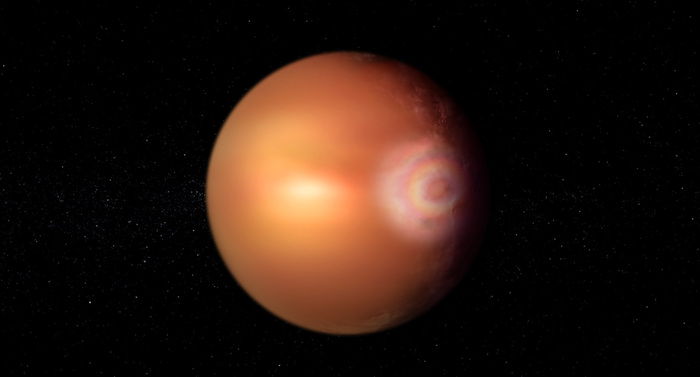There is a planet surrounded by 'impossible' rings at the edge of the Solar System.
It is a dwarf planet called Quaoar, discovered in 2002 and has a ring system at an anomalous distance, until now thought impossible.
Published in the journal Nature, the discovery prompts us to rethink current theories on the formation of rings around planets.
The images were captured by various ground-based telescopes and by the Cheops satellite of the European Space Agency (ESA), in which Italy participates in an important way, with the National Institute of Astrophysics (INAF) and the Italian Space Agency (ASI ), alongside industry, with Leonardo.
The data analysis is due to an international research group led by the Federal University of Rio de Janeiro, which also includes two Italians from INAF.
With a mass that is about two-thirds that of Pluto, Quaoar is not the only dwarf planet known to have rings: in fact, two others, Chariklo and Haumea, have similar characteristics.
But what makes Quaoar's rings unique is their remoteness: they are located at a distance that is seven times the radius of the planetoid, i.e. double that up to now considered possible according to the so-called 'Roche limit', the maximum limit beyond the which ring systems are unable to survive.
For comparison, the main rings around Saturn are within three planetary radii.
"According to these data, the classical notion that dense rings survive only within the Roche limit of a planetary body needs to be completely revised," comments Giovanni Bruno of INAF, one of the authors of the study.
The dwarf planet Quaoar's rings are too small and faint to be observed directly.
In fact, the researchers led by Bruno Morgado only identified them when the light of a star in the background was momentarily blocked by the planetoid orbiting the Sun. The event lasted less than a minute, but was unexpectedly preceded and followed by two weaker occultations, revealing precisely the presence of rings.
The Cheops satellite also participated in the observations, which took place between 2018 and 2021, which in particular followed the passage of the dwarf planet on 11 June 2020, thanks to the sophisticated 'eyes' designed and built in Italy by Leonardo.
"The whole Cheops team was quite skeptical about the possibility of capturing this phenomenon - says Isabella Pagano of Inaf, national manager for Cheops and co-author of the study - but, after evaluating its feasibility, we decided to risk it since the time spent by the satellite to observe this event would have been short enough not to disrupt the mission's primary schedules."
Cheops' contribution proved decisive in the end, because it allowed the researchers to eliminate the possibility that the dips in light were caused by disturbances in the Earth's atmosphere.

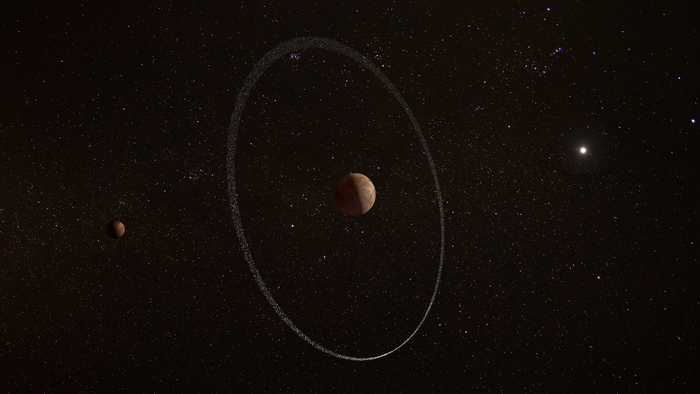
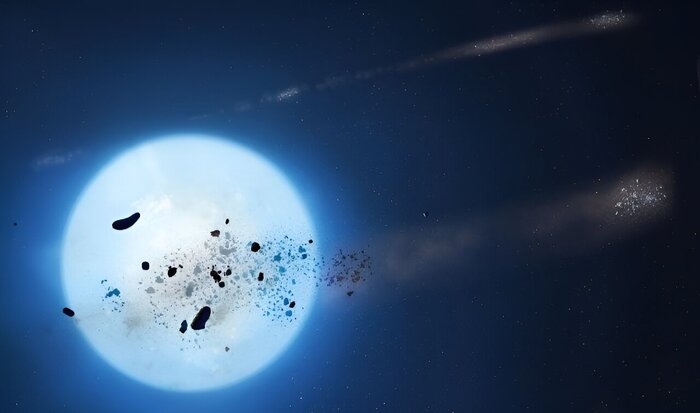

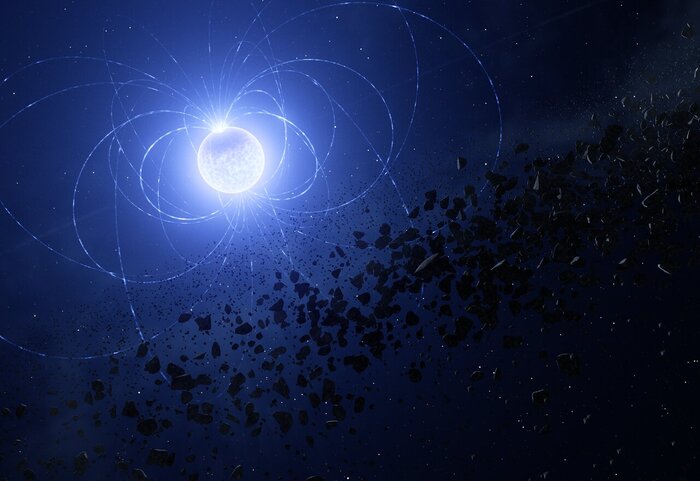
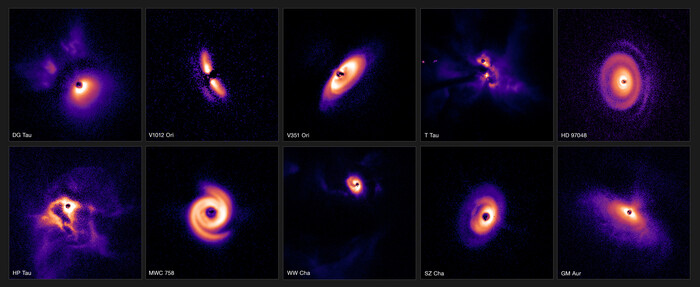
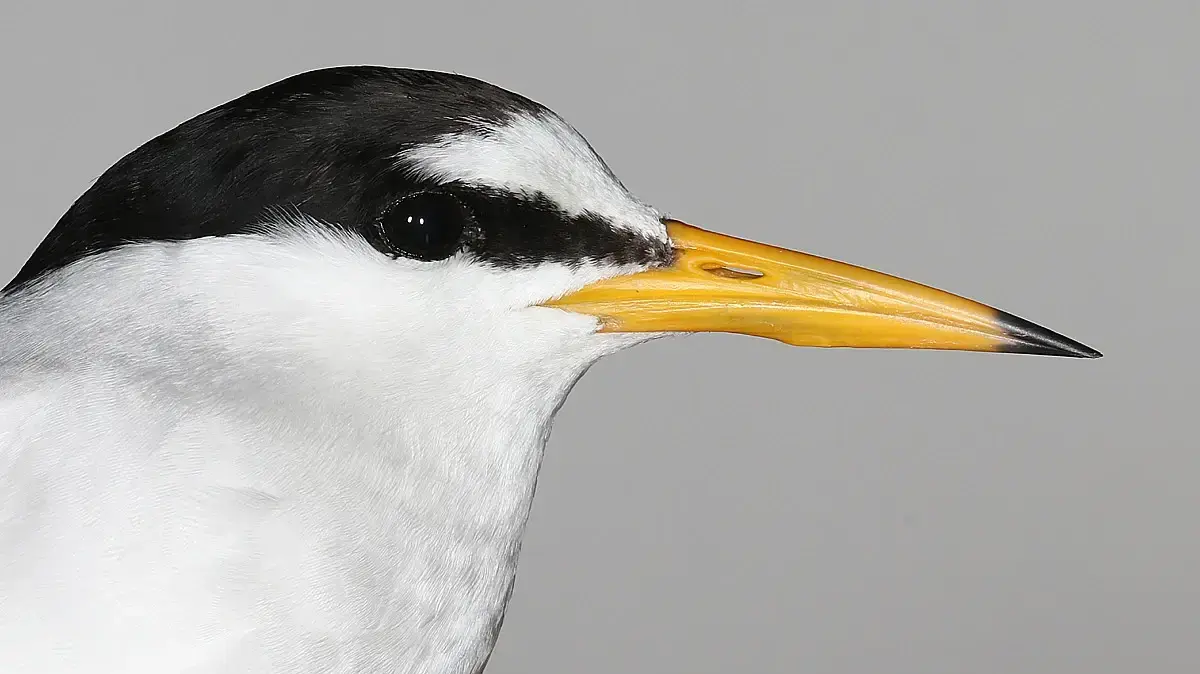

/cloudfront-eu-central-1.images.arcpublishing.com/prisa/PA5TT2ZCYBDNLEAREMUPESRVOM.jpg)
